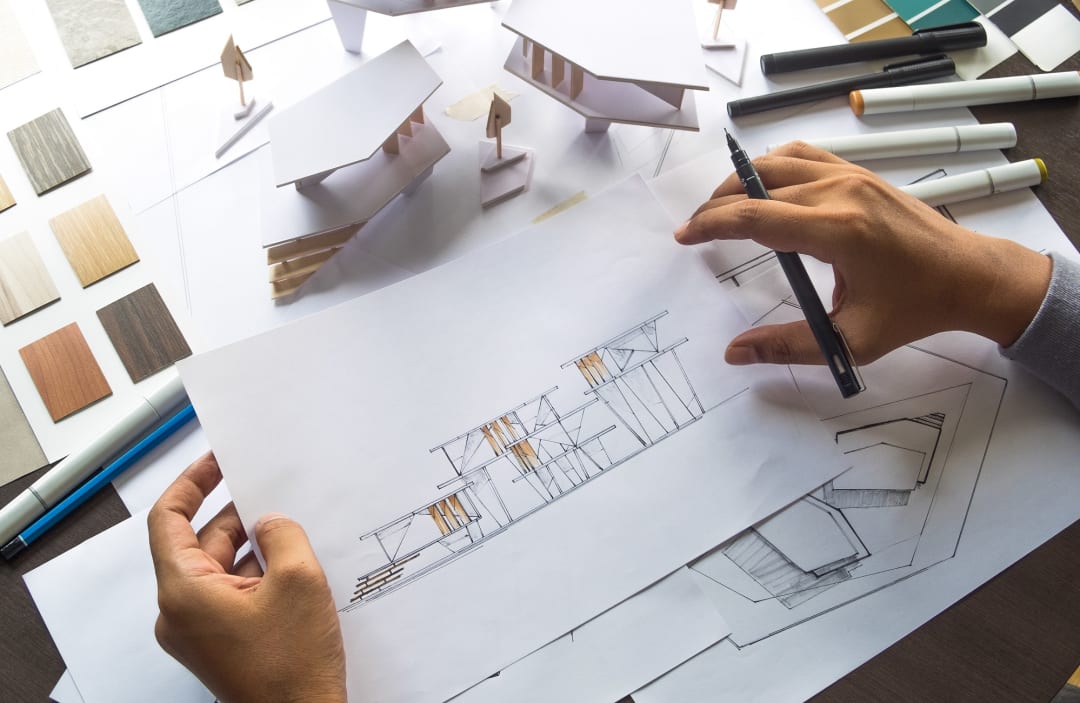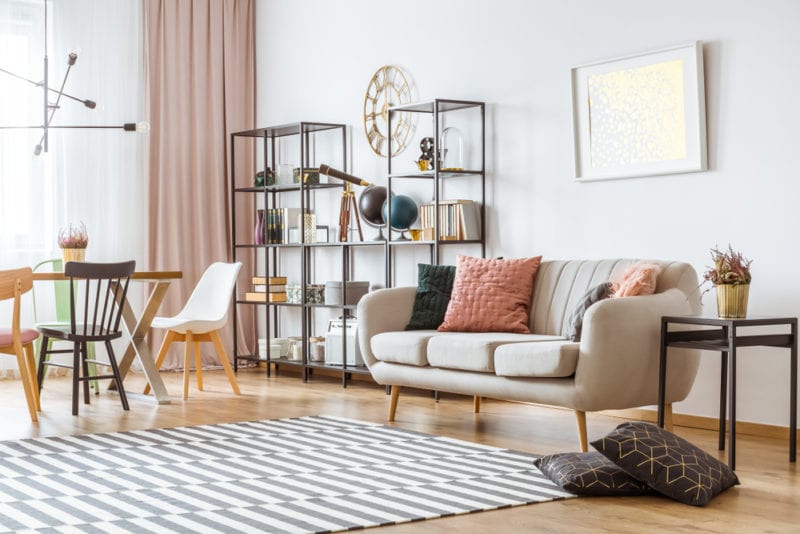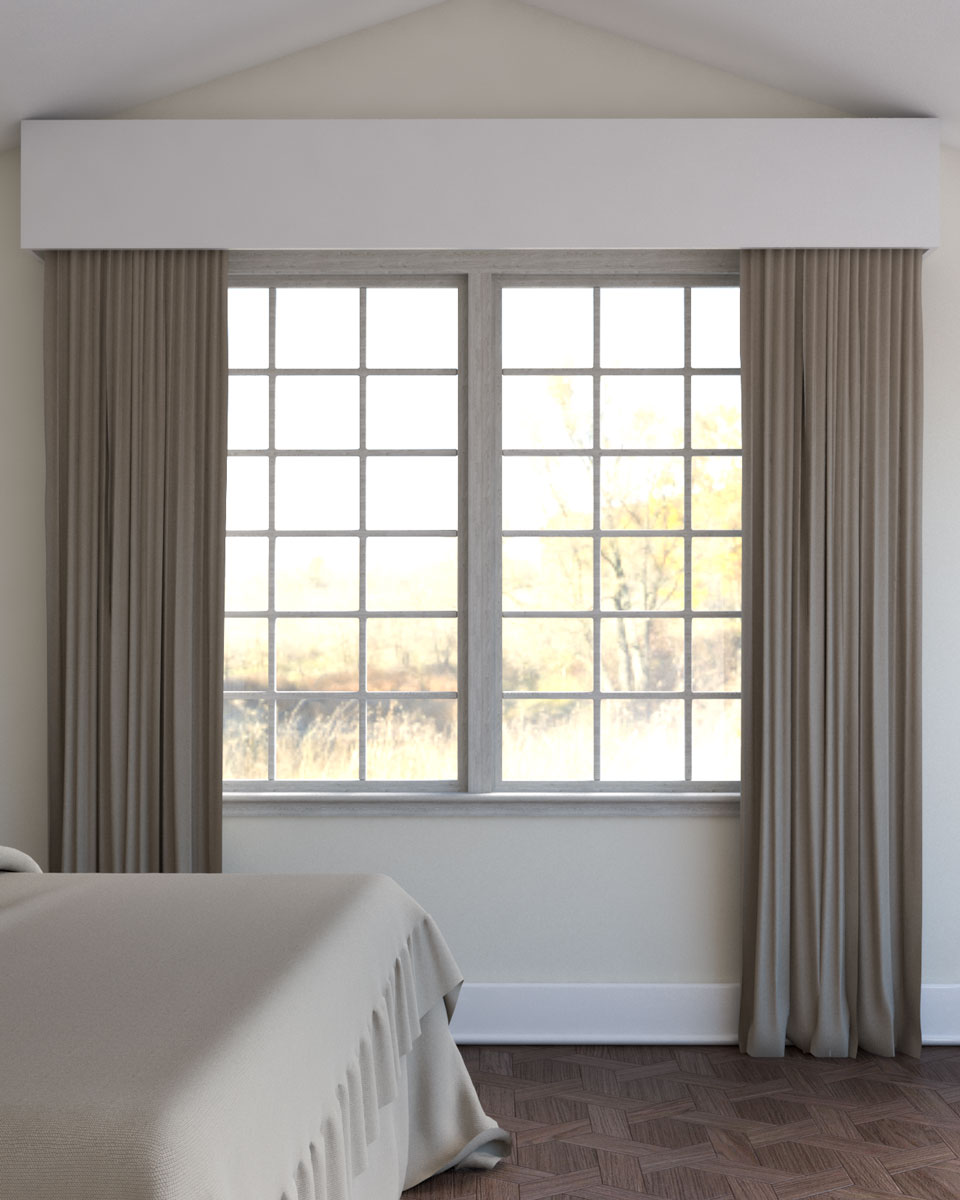The Most Important Lesson From Interior Design
Decorating your own home is a lot harder than it seems. Putting together a cohesive design among various rooms can be a struggle, and even just making one room look photo-ready can take longer than you'd think. Between choosing the right furniture pieces, the perfect paint colors, the best decor accessories for space, the ideal lighting, and nailing the proportions, there are a lot of mistakes to be made.
Interior designers have seen it all, so they're more than familiar with the common design mistakes people frequently make And here some example of the most important lesson from interior design
1. Not Having a Plan

Image credit: Google
Take time to develop a plan for your interior design project.
Starting a design project without first making a plan is like driving to an unknown location without looking at a map. You might get to where you want to go in the end, but you will make a lot of wrong turns along the way.
While not all design projects will require scale drawings and a full set of specs, you should always establish a few guidelines before you begin. No matter the size of your project, following a consistent design style and color palette will ensure the space feels cohesive.
You should also take the time to evaluate which items in your home will stay and what new pieces you will need. Make a list of things you will need to complete the project and keep it with you when shopping. This will help you avoid impulse purchases that don’t fit your aesthetic.
2. Thinking Everything Has To Match

Image credit: Google
Your home should be as unique as you are. And the best way to create an interior that expresses your tastes and individual style is to select each piece carefully. It might seem easier to take a page from your favorite catalog to guarantee everything in the room matches. But you’ll also get a room that lacks character and interest. Or worse, you might end up with the exact same living room as your neighbor.
Never be in a rush when decorating your home. You’re far better off living without something for a little while than to buy furniture that doesn’t fit with your design plan. The wait will be worth it when you discover that perfect piece. And choosing individual pieces rather than matching sets will make it easy to swap out a piece when it’s time for a change.
3. Placing Furniture Right Against the Wall
:max_bytes(150000):strip_icc()/how-to-arrange-living-room-furniture-1976578-c42bb6c0edc743ef9f99fb48d9279755.jpg)
Image credit: Google
Unless you have a really small space and there’s no way around it, pushing all your furniture up against the wall can make for an awkward arrangement. This usually leaves large, empty spaces and results in furniture that’s too far apart for conversation. Unless you’re designing a library intended for quiet contemplation, your furniture plan should facilitate comfortable conversation.
When planning a room, interior designer Betsy Burnham of Burnham Design says people often fall into this simple styling trap: “For some reason, people love to push their furniture pieces up to the walls of their rooms. This makes designers crazy, and it really doesn’t save or create more space!” she says.
Try “conversational furniture placement,” which focuses on grouping accents. “Pull pieces toward one another and off the walls to create more intimate, useful seating,” she says. If you’re unsure, she recommends using a sketch pad. “I always encourage people to draw even the most basic plan and play with the placement of their furniture, just as we do.”
4. Having Only One Light Source

Ensure you have plenty of natural and installed lighting /// Image credit: Taylor Simpson/Unsplash
So often, people move into a new home and never think twice about the lighting. Builders generally use the least expensive fixtures and install only enough to provide basic light. This leaves most homes with either dimly lit spaces or harsh lighting. Or sometimes both!
The trick to ensuring every room in your house is comfortable and well-lit is to make a lighting plan that includes ambient, task, and accent lighting. You can achieve this by layering your lighting at different levels and intensities. A combination of overhead lights, wall lights, and floor and table lamps will provide even lighting throughout your home.
A well-thought-out lighting plan will ensure each room has enough light to perform any task that is usually done in the space. Each room should have overall (ambient) lighting to allow you to move around safely. Tas well as task lighting for performing specific activities such as cooking or reading. And accent lighting to highlight noteworthy items such as artwork or architectural features.
“Be sure to have lighting on dimmers and also coming from multiple sources at different heights, [such as] floor lamps and table lamps. And always choose soft white bulbs,” Athena Calderone, founder of EyeSwoon says. Harsh fluorescent or white lights can make a space feel stark and uninviting. “Warm lighting not only sets the mood but also makes a room feel intimate and aglow.”
5. Hanging Curtains Too Low

Image credit: Google
Another all-too-common interior design mistake is hanging curtains at or just above the window frame. This can make windows seem smaller and actually blocks natural light if the curtains don’t open wide enough to leave the windows completely unobstructed.
As a rule of thumb, if you hang your curtains higher and there is a long length of fabric, your room will look taller.
Hanging curtains just below the ceiling and allowing them to extend all the way down to the floor, will make windows appear larger. Be sure the rod extends far enough past the window frame to ensure the window is completely uncovered when the curtains are open.
"BIG HEAD" About Interior Design?
Contact Hexa6 Design Now! Hexa6 Design will study customers’ existing lifestyle and living habits before design. Having proper space planning and determine the design concept is the preliminary step of turning a dream home into a reality. We are providing customize house interior and exterior design to clients in order to build their dream home.
With work closely with builders and homeowners from the early planning stages of each project through to completion with attention to detail and time-efficiency.
**Resources from Google, https://www.feathr.com/blog/15-common-interior-design-mistakes, https://www.mydomaine.com/top-home-decor-mistakes



